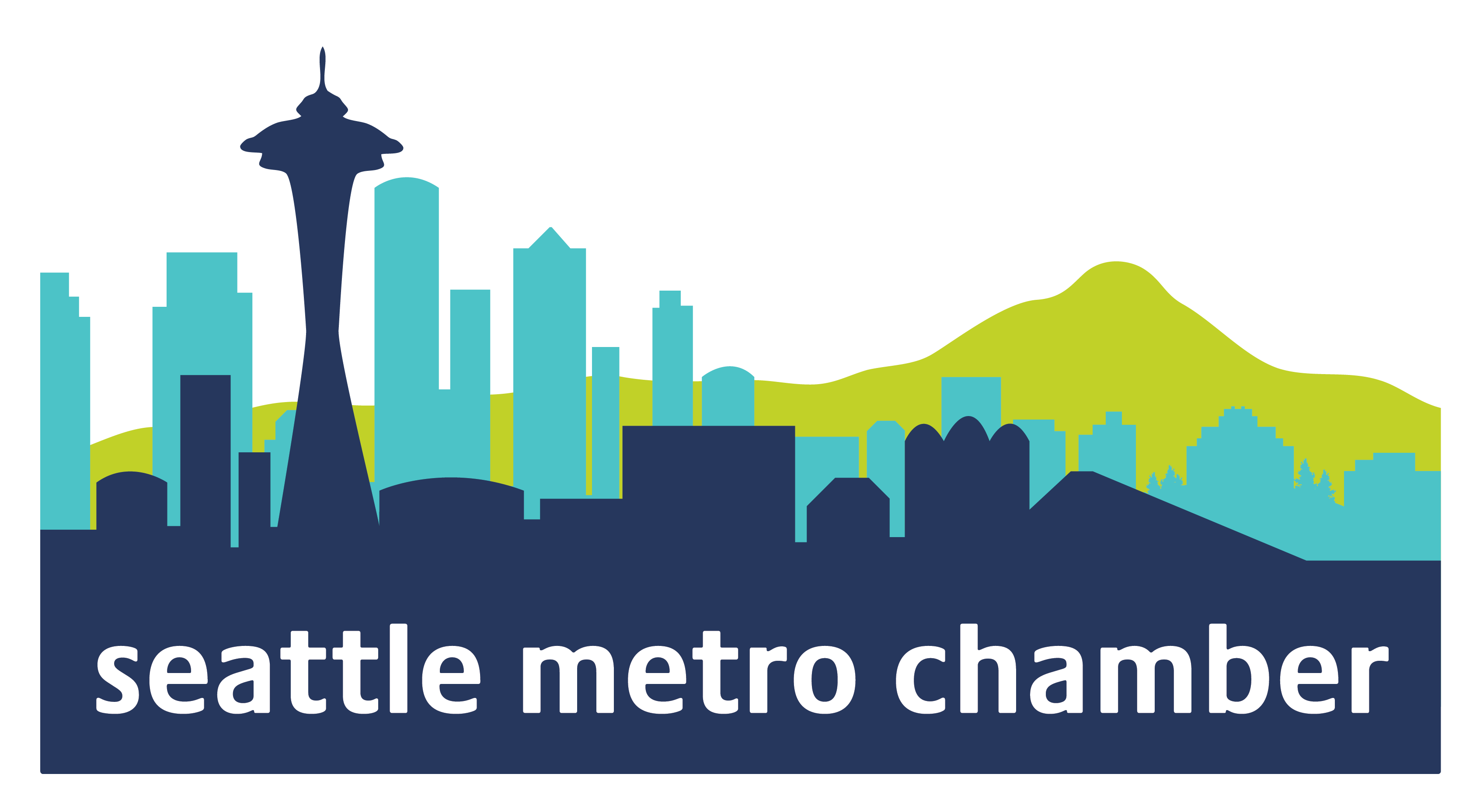Today, the Seattle City Council wisely voted to request a list of bond-eligible projects totalling $100 million with $75 million dedicated to bridge repair and preservation work. The bond sale may help Seattle attract and leverage federal grants to accomplish much more.
The West Seattle bridge was forced to close in 2020 after cracking made it unsafe for vehicle traffic. An audit following that event found the city averaged just $6.6 million a year for bridge maintenance when the bridges needed at least $34 million per year. Six city bridges have been designated as structurally deficient, and last year’s budget allocated just $14 million for preserving more than 70 bridges.
Before the May 10 vote, the Seattle Metropolitan Chamber of Commerce wrote a letter in support of using the new car-tab fee revenues to finance a total of $100 million in a bond sale and dedicate significantly more money to bridge infrastructure. You can read that letter below.
_____________________________________________________________________
May 10, 2021
Dear Seattle City Councilmembers,
We are writing to you on behalf of our 2,500 members to urge you to support version two of CB 120042 to collaborate with the Seattle Department of Transportation (SDOT) to identify $100 million of bond-eligible projects, including $75 million for multimodal bridges.
As the City Auditor’s report identified, Seattle bridges are in desperate need of investment, requiring a minimum of $34 million annually. Last year’s budget, which allocated $14 million for preservation, is a marked improvement from past years, but in a city with over 70 bridges, we must do more. We have seen the devastating and dramatic consequences of Seattle’s under-investment in bridges with the shuttered West Seattle Bridge. Let us start to reverse course with this important down payment.
We also support using Vehicle License Fees (VLFs) as revenue to issue bonds, because interest rates are incredibly low, making conditions favourable to gain access to capital quickly with minimum interest costs. Using VLFs to guarantee bonds will also protect funds from future efforts to roll back VLFs like I-976 which sought to use a statewide initiative to invalidate local voter-approved spending and projects.
We know that SDOT has raised concerns about the bonding proposal, and we urge you to work closely with SDOT to take full advantage of their expertise and knowledgeable staff in identifying projects that would be supported by bonds. We also encourage you to maintain fidelity to Seattle’s best practice of not using bonds to pay for short-term maintenance. We would expect the benefits of investments to match the terms of the bonds, and we appreciate that the amended legislation allows for different bond terms or a schedule to ensure that the money is spent on shovel-ready projects. With Seattle’s deferred maintenance backlog, there will certainly be a number of long-term repairs that are an appropriate use of bond funds.
Finally, we know that this $100 million is only the start of the conversation, not the end. We need to fully invest in our City’s existing infrastructure as well as critically needed improvements, like Safe Streets. The fact that so much interest and consternation has been generated over $7 million annually is a clear indication that SDOT projects are starved for funds. We have confidence that with a $1.6 billion general fund budget, there is room to prioritize additional funding for this basic responsibility of government.
Sincerely,
Rachel Smith
President & CEO
